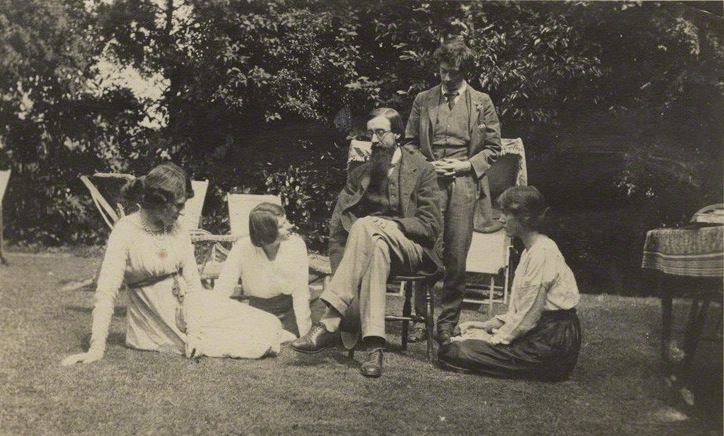
Bloomsberries
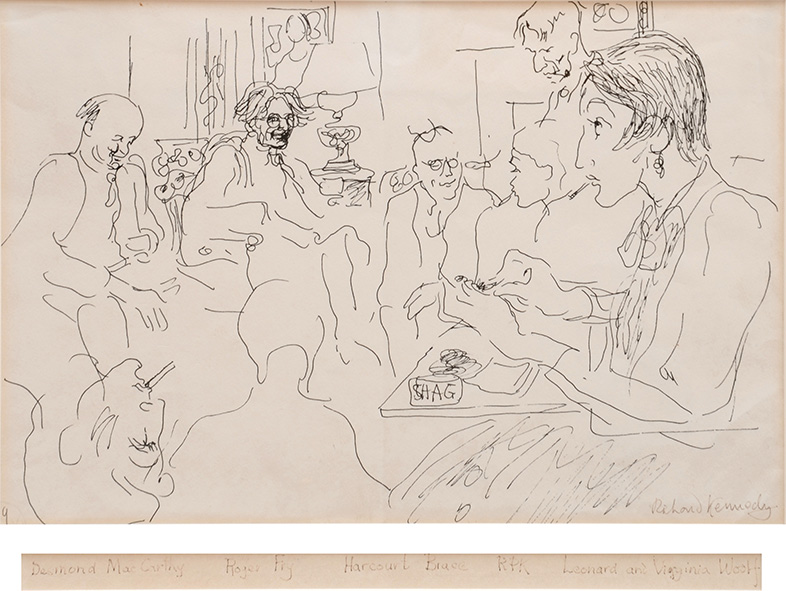
KENNEDY, Richard, A Bloomsbury Evening.
Leafy London squares, boldly painted furniture, cottage-style gardens and unorthodox ménages: the loose circle of writers and artists which came to be known as the Bloomsbury Group are perhaps as well-known for their aesthetic tastes and personal lives as for the works which are their cultural legacy. Yet, when they first began to meet on Thursday evenings in a then-unfashionable part of London, the founding of a cohesive movement that would profoundly influence 20th century intellectual and artistic life was certainly not their intention. Indeed, it may seem unclear to us how a group of like-minded young people gathering together for conversation and cocoa might have seemed radical or subversive, and yet there was something about these gatherings which caused Virginia Woolf, looking back in 1928, to remark that ‘ne had glimpses of something miraculous happening high up in the air’. Virginia’s sister Vanessa perhaps put her finger on what made it remarkable: ‘There was nothing at all unusual about it I daresay, except that for some reason we seemed to be a company of the young, all free, all beginning life in new surroundings, without elders to whom we had to account in any way for our doings or behaviour, and this was not then common in a mixed company of our class’.
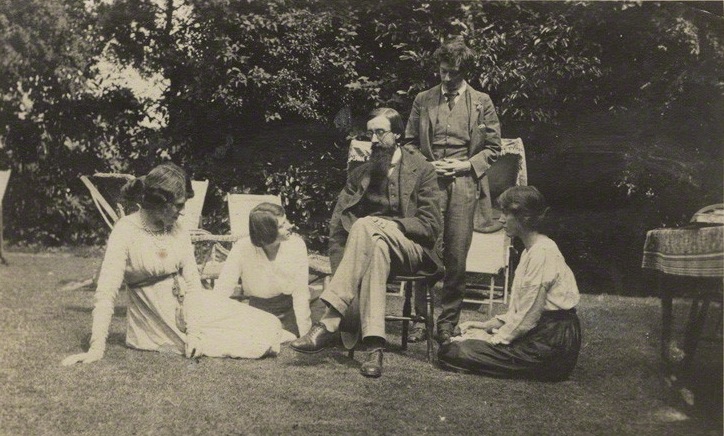
A group at Garsington Manor, country home of Lady Ottoline Morrell, near Oxford. Left to right: Lady Ottoline Morrell, Mrs. Aldous Huxley, Lytton Strachey, Duncan Grant, and Vanessa Bell by unknown photographer, vintage snapshot print, July 1915.
Nothing so formal as a ‘group’ the ‘Bloomsberries’ (as they were sometimes called) had no manifesto and no official list of members. The fluid boundaries of the group are well-documented and generally accepted to orbit around the Stephen sisters, Vanessa and Virginia, and their later husbands, Clive Bell and Leonard Woolf, the artists Roger Fry and Duncan Grant, the economist John Maynard Keynes and the writers E. M. Forster and Lytton Strachey, but could be almost infinitely extended to include lovers, admirers, acquaintances and other peripheral figures. Some of the most notable of these are Adrian and Karin Stephen, Saxon Sydney-Turner, and Molly MacCarthy, with Julian Bell, Quentin Bell and Angelica Bell, David Garnett and Vita Sackville-West. The purpose of their meetings was, simply, frank and open conversation. No topics were off-limits; sex and sexuality were as often discussed as philosophy, art and literature, and such a level of social candour was certainly not typical for the time. Sexual freedom was, decades before the emancipatory movements of the 1960’s, one of the central ideals of this group of friends, and the complicated swapping of partners and mingling of households is surely one of reasons that interest in the group has remained strong in popular culture, to be explored in novels, biographies and TV series.
The more sensational aspects of their domestic arrangements aside, however, the truly extraordinary thing about this group of friends is the diverse body of work they left behind. Of social and artistic importance and not inconsiderable beauty, the works which have proved seminal in a variety of fields and are, unsurprisingly, highly collectible. We have brought together a selection here which charts the diversity and importance of their output.
G. E Moore, Principia Ethica, Cambridge University Press, 1903
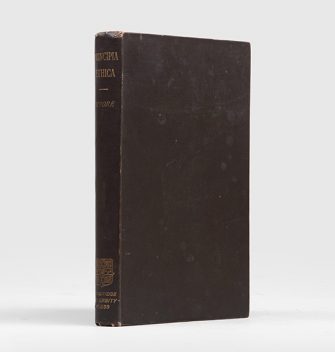
The similarity of ideals and values reflected in the work of the Bloomsbury group was drawn in large part from G. E. Moore’s most famous work. Ideas were shared between the Bloomsbury group and the Cambridge society known as the Apostles, of whom Moore and Vanessa and Virginia’s brother Thoby were both members. Though not himself a central figure of the Bloomsbury group, Moore’s work provided the group with what Clive Bell referred to as their ‘religion’. Its foregrounding of personal life over other social connections and distinction between intrinsic worth and instrumental value inspired both the ethical and aesthetic principles of the group’s members and can be traced in the work of Virginia Woolf, Clive Bell and others. In his turn, Moore took from the Bloomsbury Group ‘a profound, and perhaps exaggerated, sense of the value of friendship and art, they took from him the thought that lives dedicated to these values were indeed lives well spent.’ (ODNB)
Roger Fry, Twelve Original Woodcuts, Hogarth Press, 1921 – SOLD
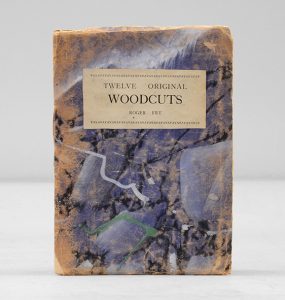 Hand printed by Leonard and Virginia, this book was one of the early successes of The Hogarth Press. Established in 1917, initially as a hobby, and begin on a hand press in the Woolf’s dining room in their house in Richmond. Works printed by the Hogarth Press were initially drawn fromt he circle of their Bloomsbury associates, and members of the group pitched in to help with the production. Laterly, however, the press moved to larger premises in the heart of Bloomsbury and became a commercial operation, publishing a broad range of subject matters.
Hand printed by Leonard and Virginia, this book was one of the early successes of The Hogarth Press. Established in 1917, initially as a hobby, and begin on a hand press in the Woolf’s dining room in their house in Richmond. Works printed by the Hogarth Press were initially drawn fromt he circle of their Bloomsbury associates, and members of the group pitched in to help with the production. Laterly, however, the press moved to larger premises in the heart of Bloomsbury and became a commercial operation, publishing a broad range of subject matters.
Roger Fry was one of the Bloomsbury Group’s core members and contributed largely to their aesthetic tastes and values. His work was experimental and controversial, and his establishment of the Omega Workshops in Fitzroy Square in 1913 brought together a group of young artists to express the visual sentiments of the Bloomsbury Group. He sought to break down the distinction between the decorative and the fictional, producing furniture painted with bright designs in the post-impressionist style.
This item is extremely fragile and rare to find in the original wallpaper wrappers. The impressin of a removed bookplate tells us that this particular copy belonged to Angelica Garnett, daughter of Vanessa and Clive Bell.
E. M. Forster, Howards End, Edward Arnold, 1910 – SOLD
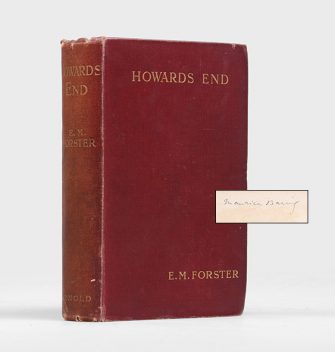
Forster was another member who made his way into the Bloomsbury Group through the Cambridge Apostles, although he remained on the periphery and was never a central figure of the group. The ideals of the group can, however, be found in this and other novels of Forster’s, particularly the influence of Moore and his emphasis on personal relationships and the search for intrinsic value. As in many of Woolf’s novels, Forster examines the legacy of the Victorian age on the new generation, with a marked uneasiness about the simultaneous feelings of rejection and indebtedness to the social constructs on the preceding era.
A first edition, this copy belonged to Maurice Baring, and bears his inscription a bookplate. Bearing was a friend of Forster’s from Cambridge, loosely connected with both the Apostles and the Bloomsbury Group.
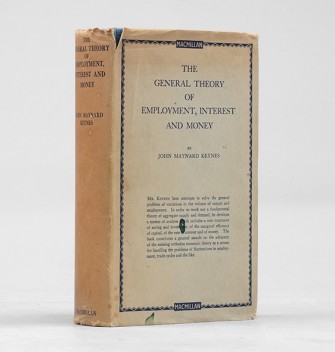 Another of the group of Cambridge friends who continued their association afterwards, Keynes was a intimately linked with the Bloomsbury Group and an avid collector of art and books. Although many of his relationships were with men – among them Lytton Strachey and Duncan Grant – he later went on to marry Russian ballerina Lydia Lopokova.
Another of the group of Cambridge friends who continued their association afterwards, Keynes was a intimately linked with the Bloomsbury Group and an avid collector of art and books. Although many of his relationships were with men – among them Lytton Strachey and Duncan Grant – he later went on to marry Russian ballerina Lydia Lopokova.
Keynes’ work gave structure to the social ideals of the group and his pursuit of the question of how best to live life and to ascribe values to things was in sympathy with that of his artistic friends. Keynes’ economic principles had their roots in the belief that utility ought not to be the end of all human activity and was in this way linked with the wider themes of the work put out by other members.
Virginia Woolf, Jacob’s Room, Hogarth Press, 1922
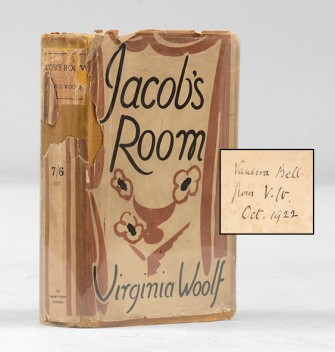
Vanessa Bell’s illustrations and dust jacket designs for her sister’s books exemplify the Bloomsbury aesthetic and have become iconic. Jacob’s Room is the first such collaboration between the sisters and represents an extraordinary unity of artistic ambition in their respective mediums. A departure from her two previous novels, Jacob’s Room is Woolf’s first attempt at a post-impressionistic portrait of a character. Jacob, who is based on Virginia’s brother Thoby who died 1906, is recalled posthumously through the fragmentary recollections an impressions of characters who knew him. This approach was experimental and renders Jacob’s Room an extremely important achievement of Modernist fiction. It was also the first book-length publication to be produced by the Hogarth Press and marks their transition into serious commercial publication.
This extraordinary first edition copy is inscribed from Virginia to Vanessa: ‘Vanessa Bell from V.W. Oct. 1922’.
If you would like to make an enquiry about selling a book or about the value of an item you own, please fill out the form which can be found here.

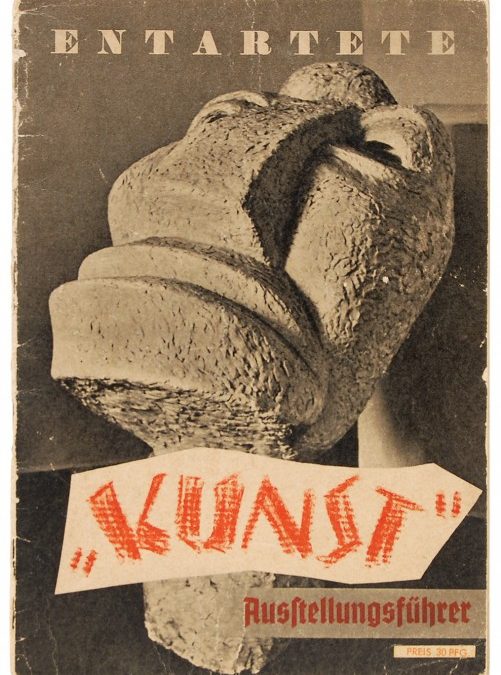
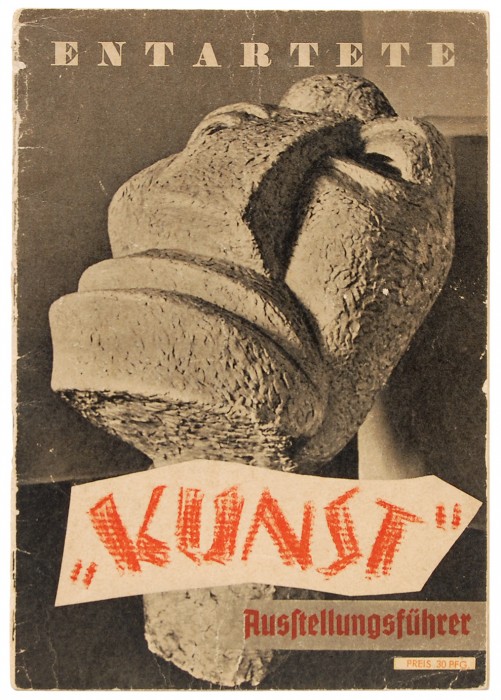
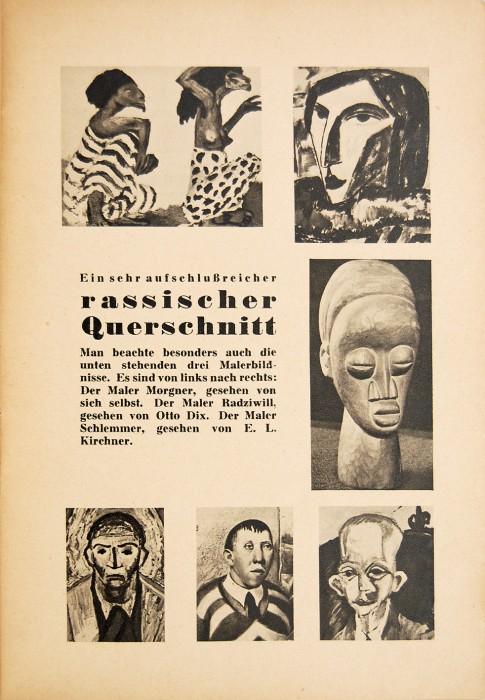
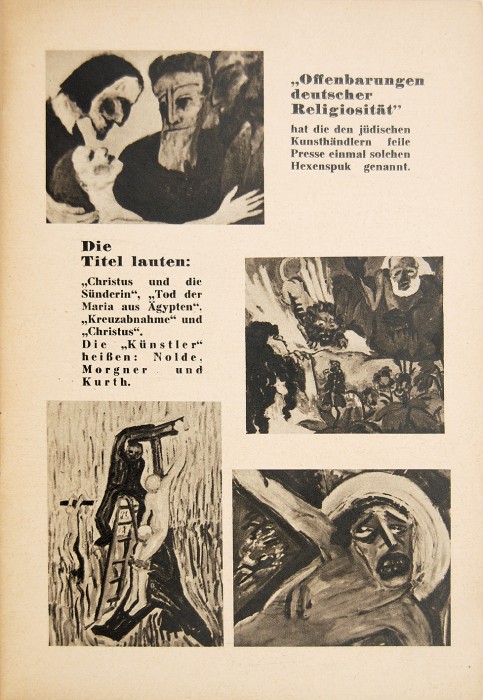
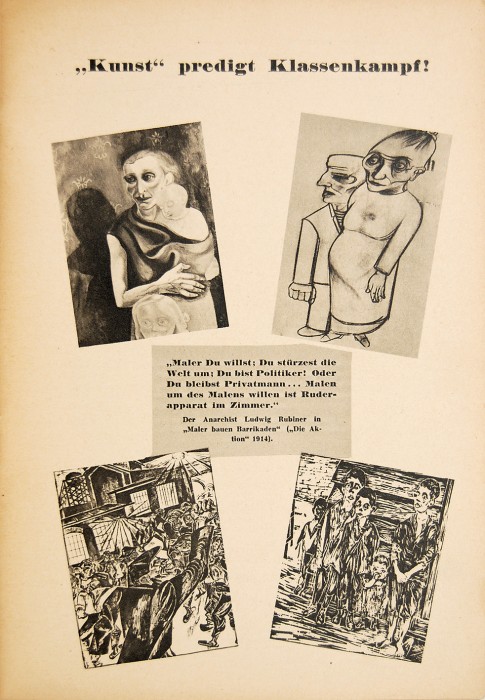
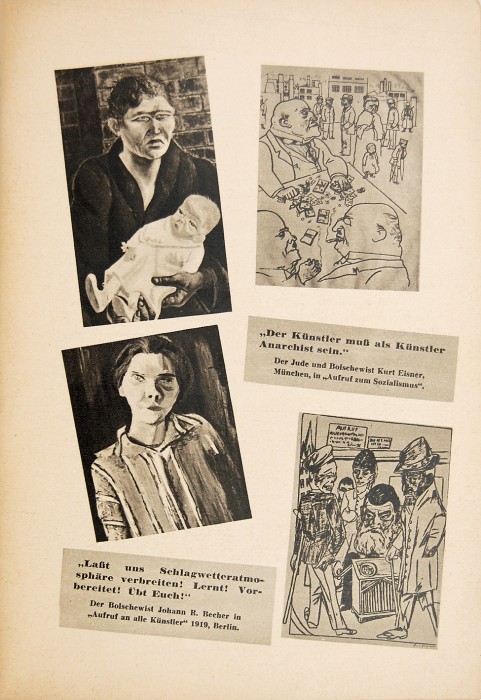
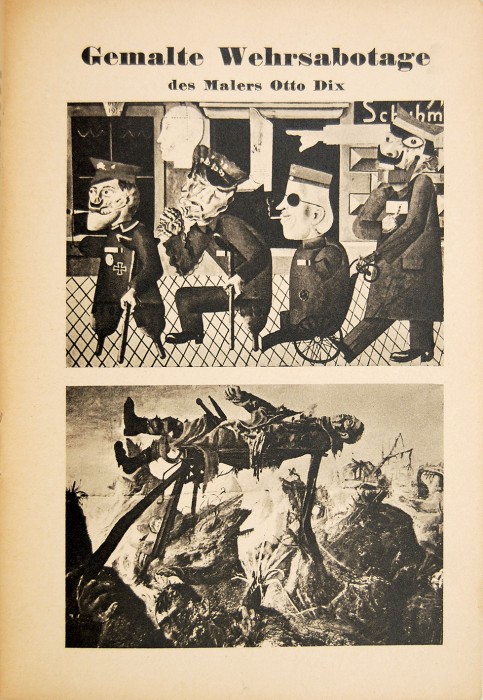
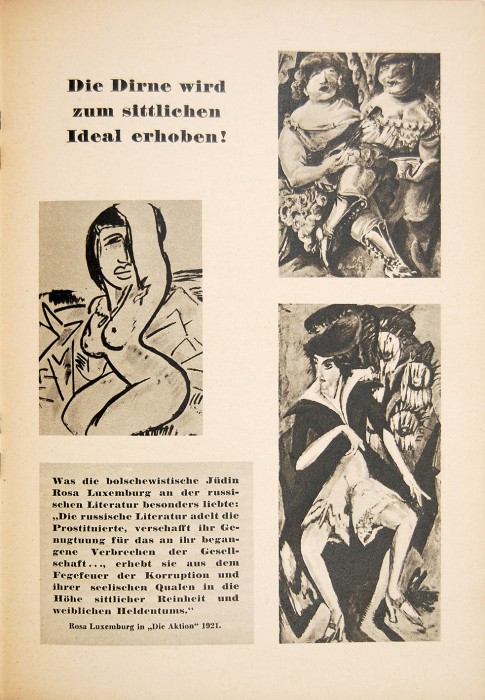
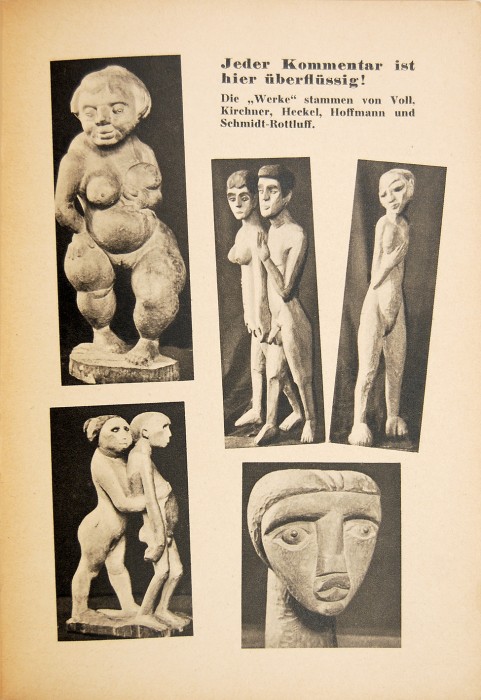
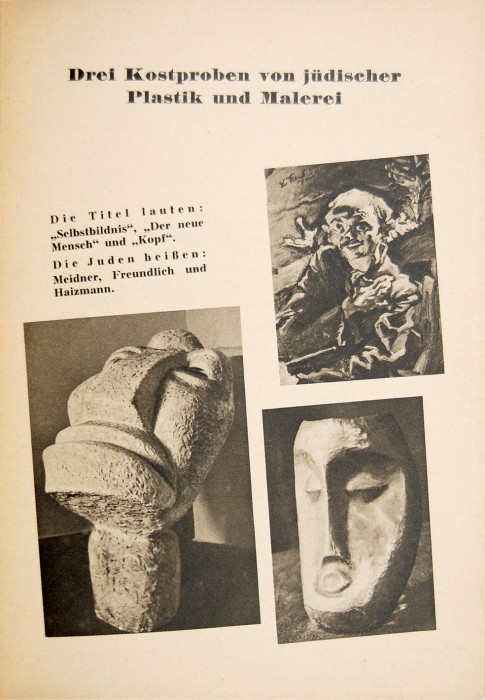
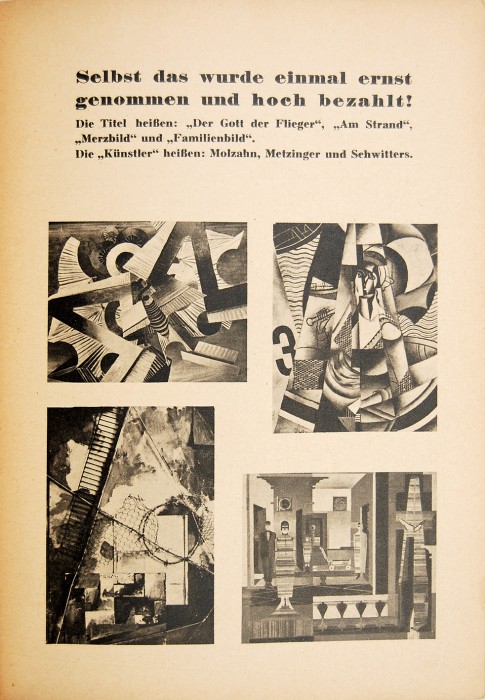
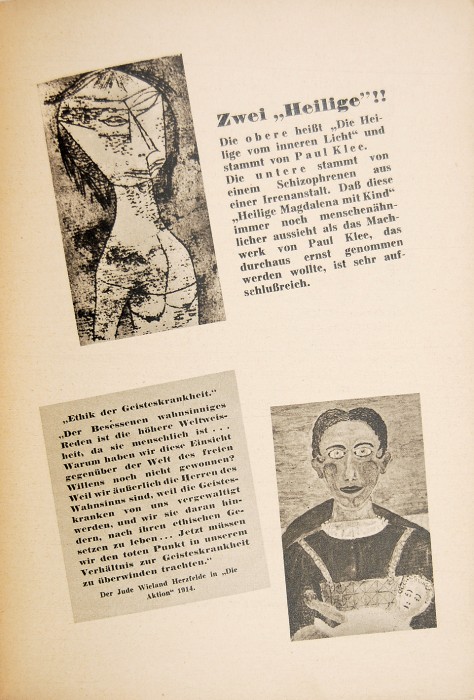
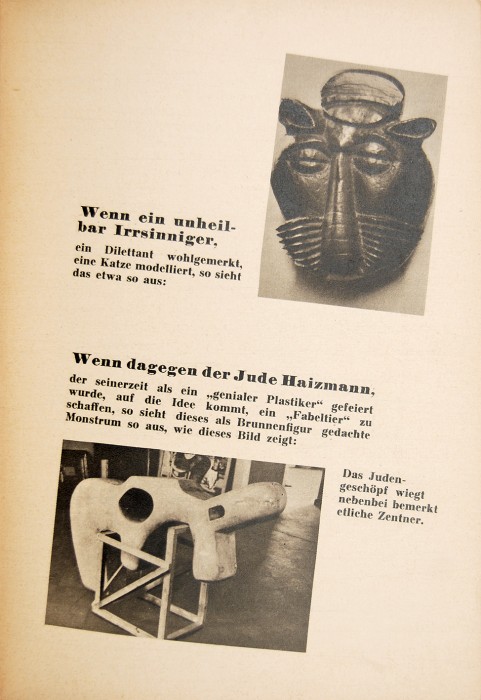
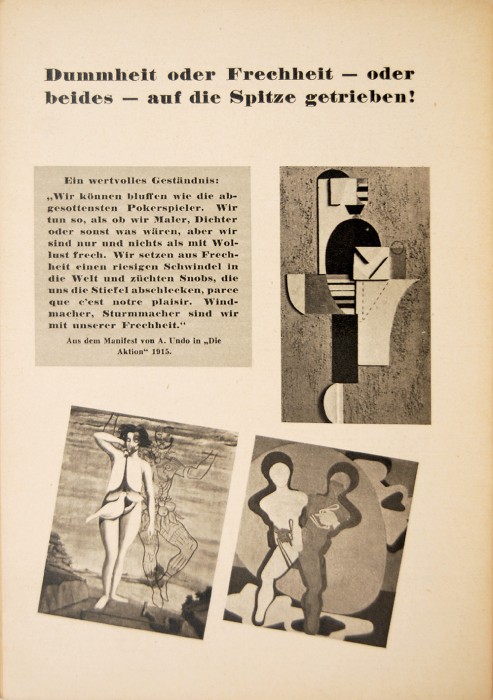
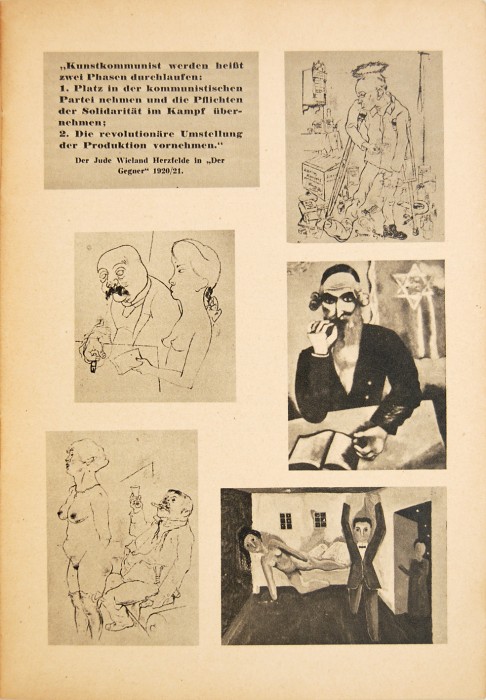
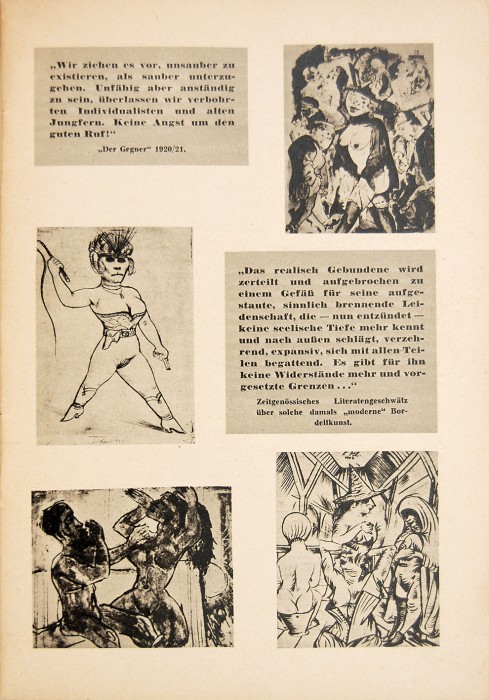
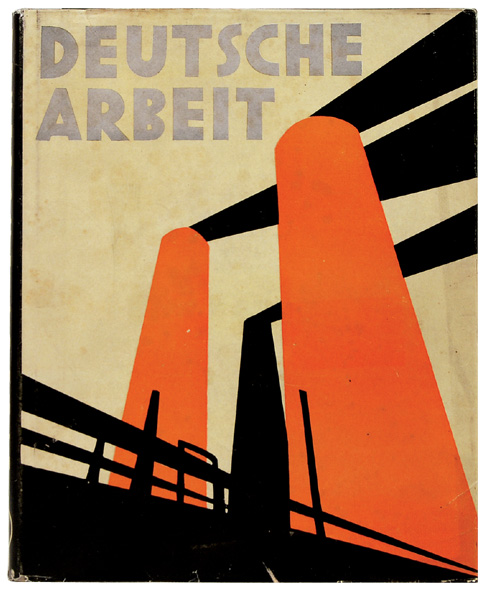
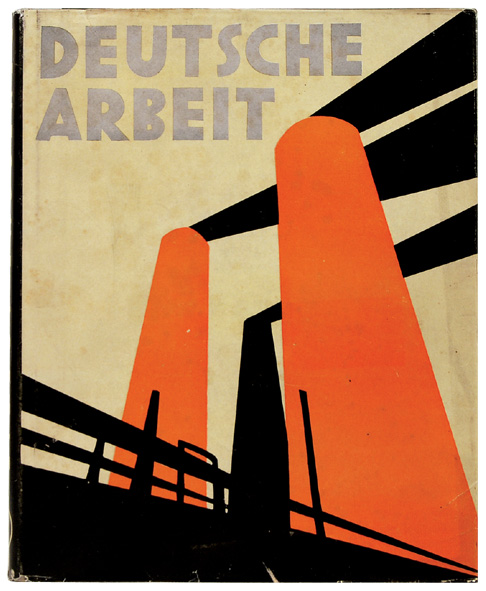
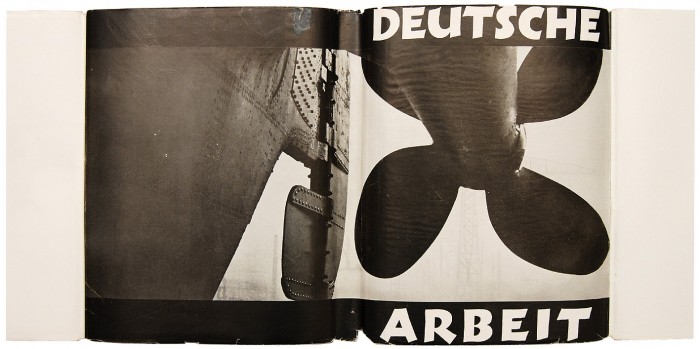
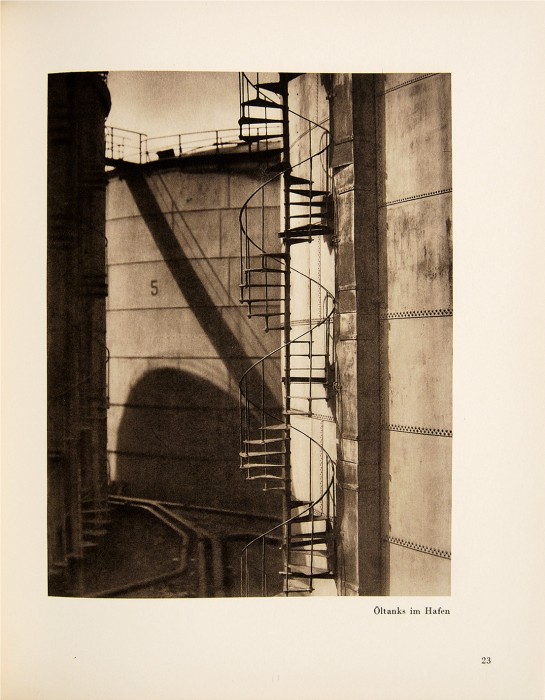
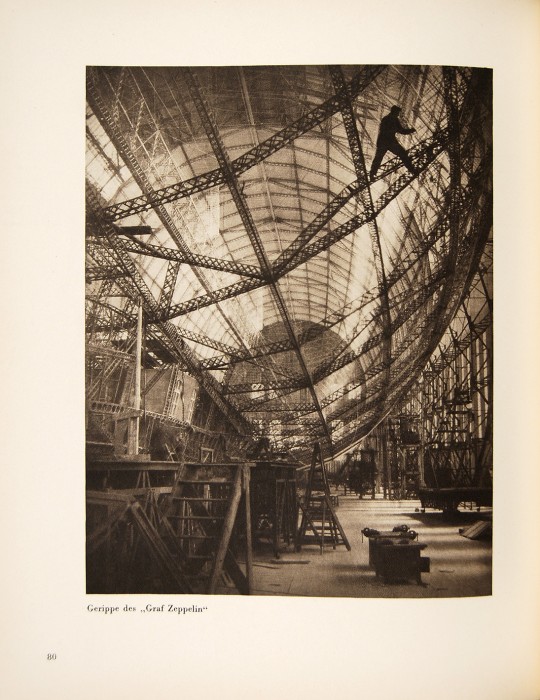
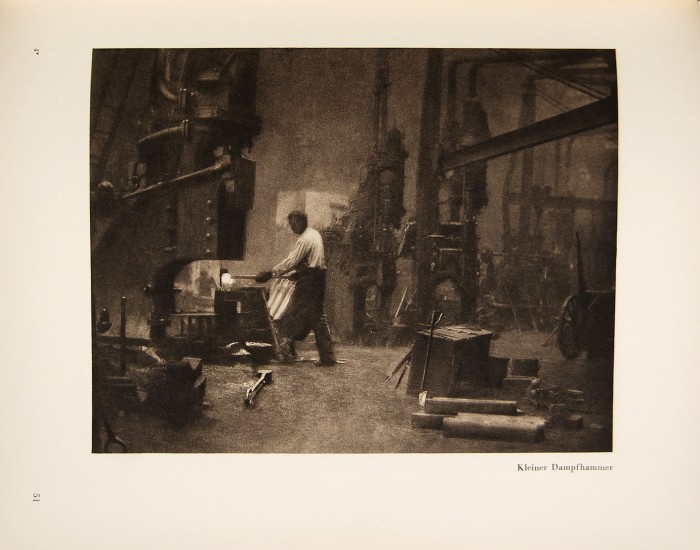
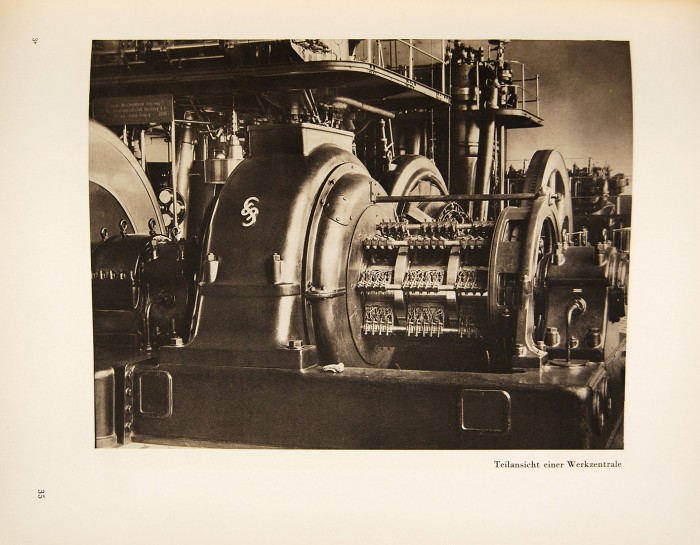
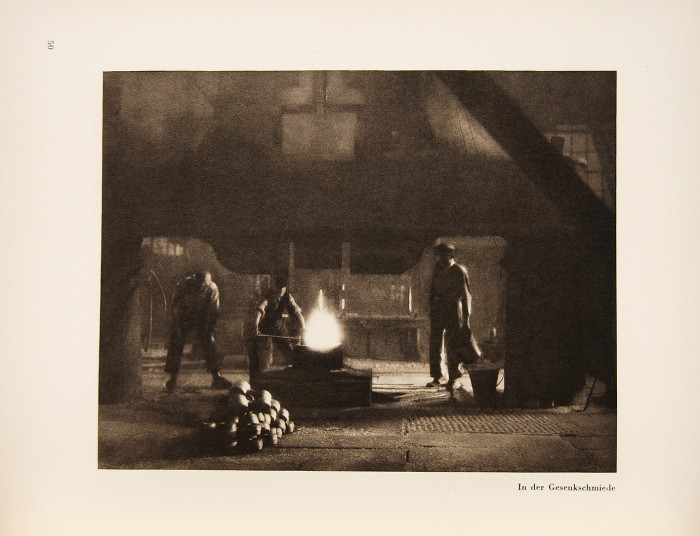
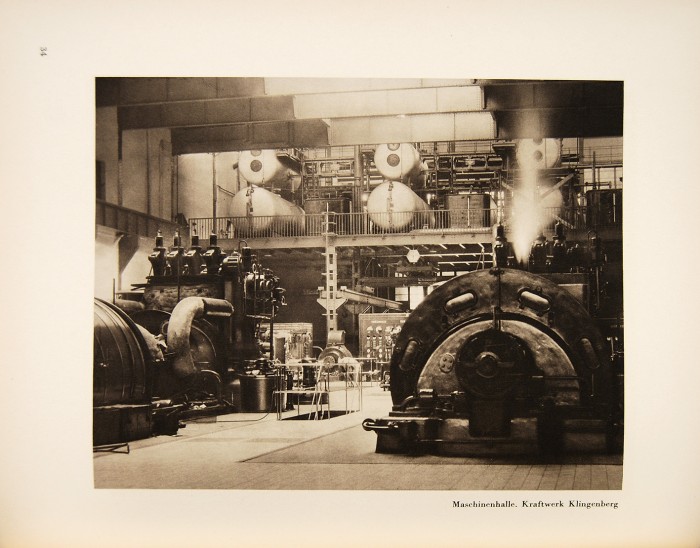
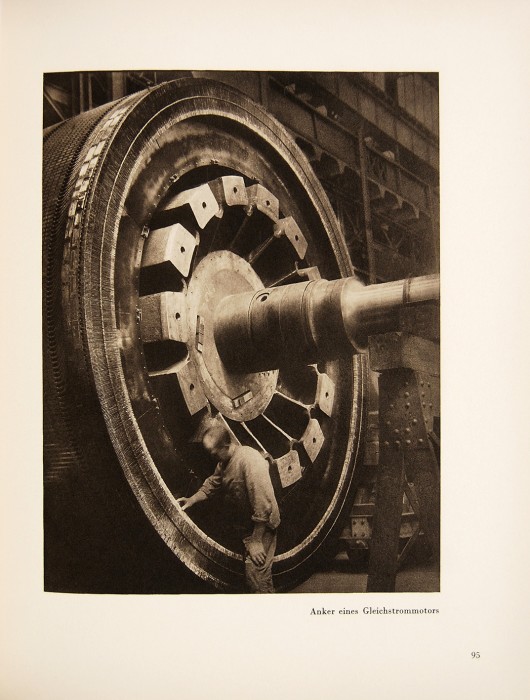
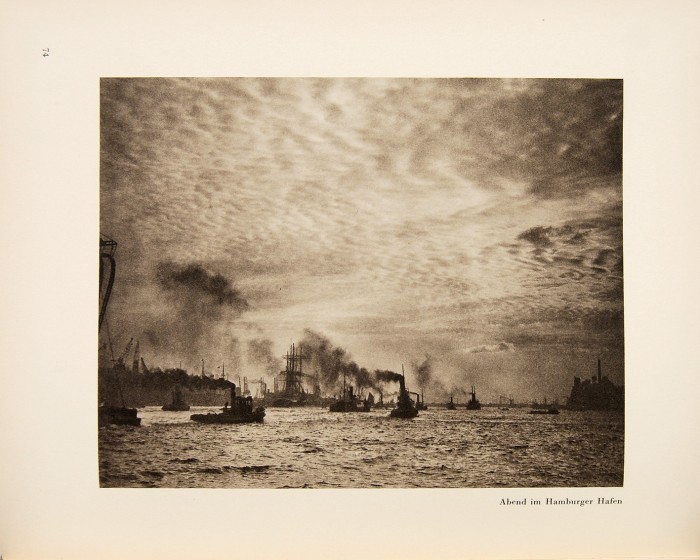

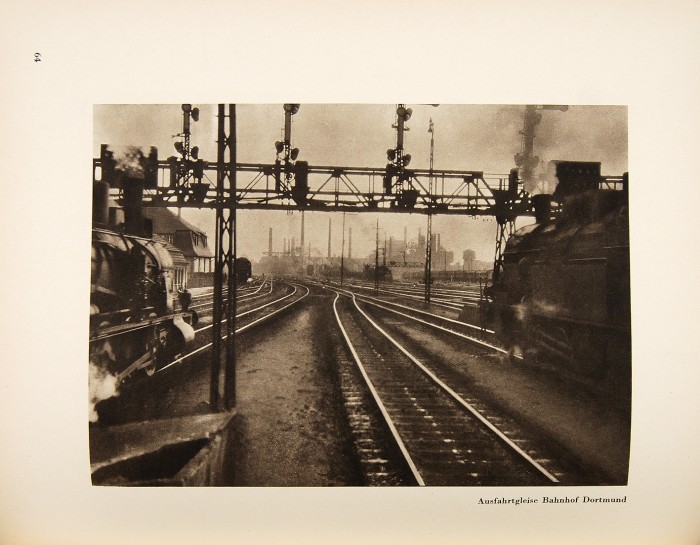
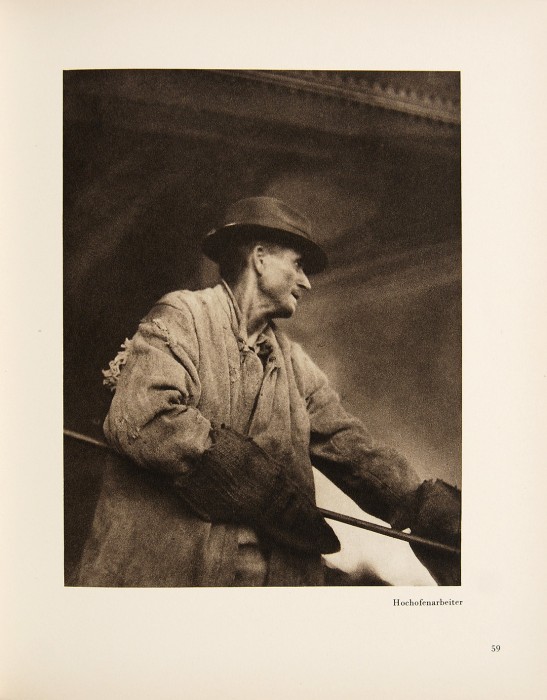
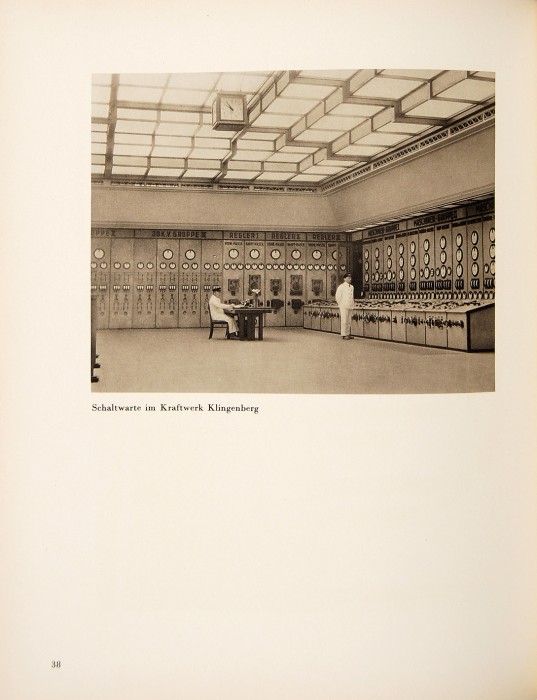
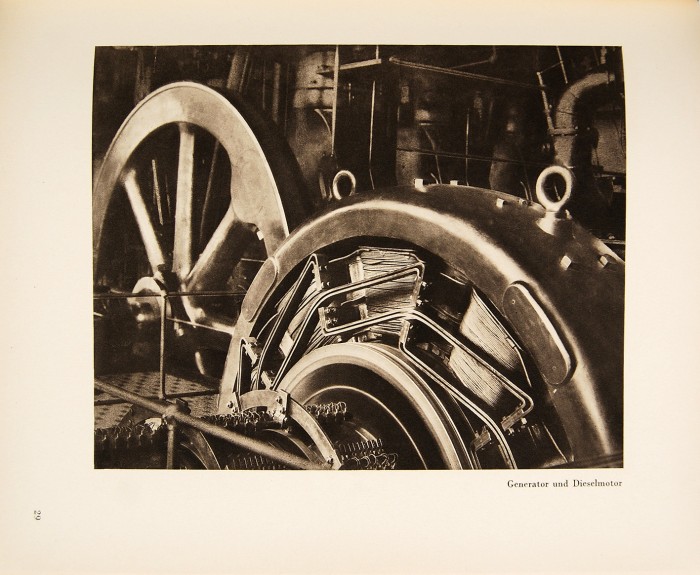
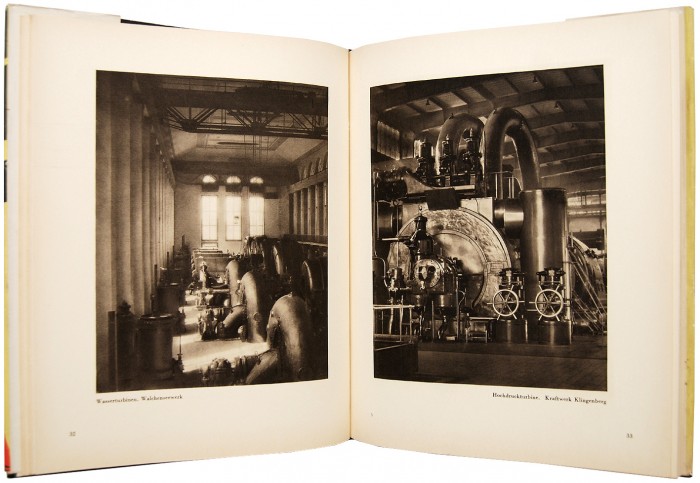
Recent Comments